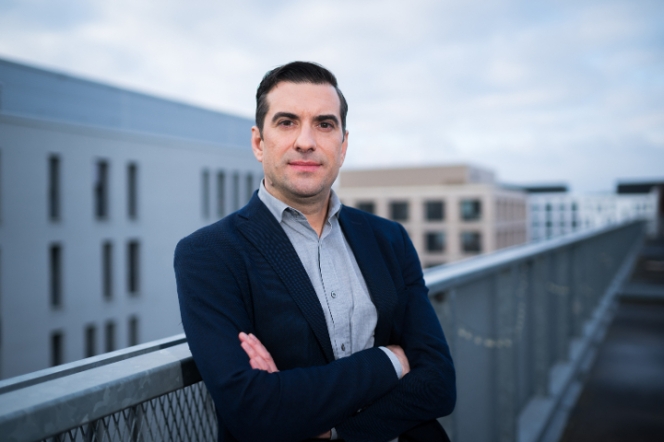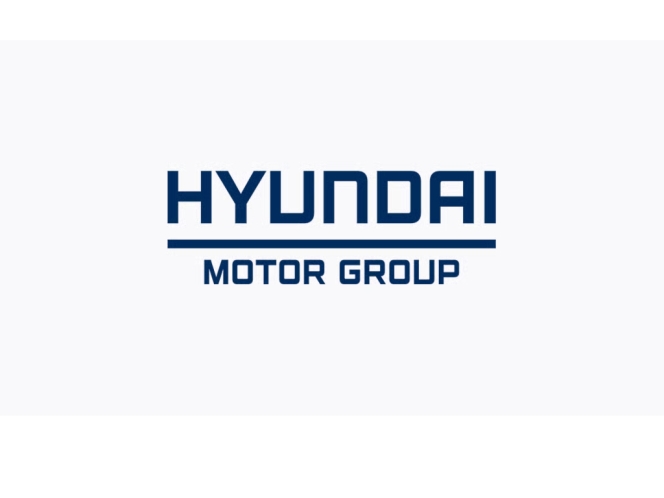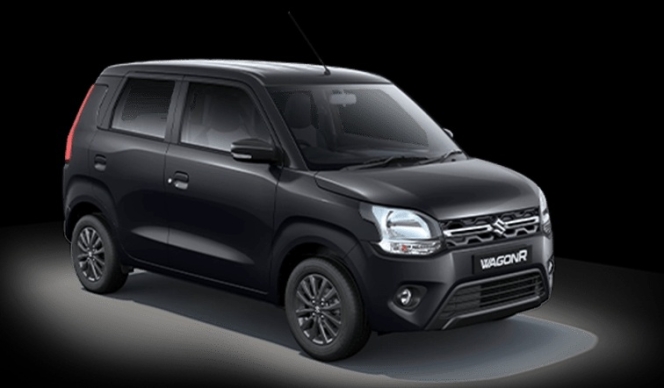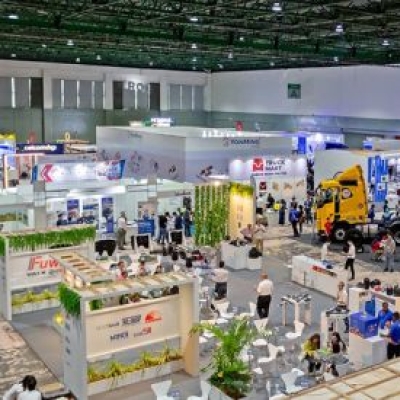OEMs Or Software Companies: Who Will Control The Data?
- By Juili Eklahare
- September 14, 2022

Software is finding a growing presence in cars today, which will eventually get upgraded over time. In fact, over the years, car manufacturers have invested millions in the R&D of automotive software. And automotive OEMs are competing with tech giants to produce operating systems for the car. Ivo Ivanov, CEO, DE-CIX International, discusses why OEMs need to be in control of the data journey of their cars, why the type of usage of the car or the special mobility packages will become more essential down the line and if there really will be a software war in the near future.
The cars of the future will be highly interconnected, and we’ll see real-time data exchange. A couple of years ago, automotive OEMs were focused on the engine, shape, the mechanical part of the car etc. However, they have now understood that the digital part of this business will drive them more successfully into the next century. There is a huge appetite for control of data by the OEMs, not just of the software but the infrastructure as well.
In fact, automotive companies have already started turning into software companies. Ivo Ivanov, CEO, DE-CIX International, mentions that automotive OEMs plan to create an independency from operating systems like iOS or android, so as to have their own software-driven platform – and this is valid for all major automotive companies, from Honda to Toyota, which is a market reality. At the same time, we also see automotive OEMs partner with companies like Google or Amazon, because of their cloud capabilities. While this sure is the case, it doesn’t tell us that the automotive OEMs will stop creating their software independency.
“If you ask me about software, I truly believe that we will see the so called ‘software war’ in the near future,” Ivanov expresses and continues, “They will collaborate if it comes to cloud resources and cloud computing resources for their manufacturing platforms. However, if it comes to creating and increasing the control of the data gateway related to the digital car, then we will definitely see a future competition between the propitiatory software developments of companies like Volkswagen, BMW etc. (you name them) and the established operating system providers like Apple or Google.”
OEMs in control of the data journey – why is it needed?
While the automotive OEMs can easily go to the software companies, it comes down to who controls this. “If the software related to the car remains in the hands of the existing players, then the OEMs will have to share a bigger portion on the assets with those companies,” Ivanov enlightens and adds, “They can share if needed, but the question remains of who has the majority in that stake. They want to increase their margin on the digital assets related to the car and become the major stakeholder in that domain.”
Ivanov further informs that, moreover, those who want to be extremely successful in the future must make themselves capable of doing this. “Because if they do not create this controllability of the data journey, they will not be able to create digital assets,” he puts across and adds, “An OEM can grow its value as a company on the stock exchange if it is able to provide the market with a story that is futuristic and can create a value in the future. And the OEMs will not be able to differentiate in the future with the quality of the car seats, engines, shape of the car etc. alone – they will be able to differentiate with smart digital concepts for mobility solutions in our digital lives.”
Citing a relevant example in this context, he asserts, “Let’s think about the metaverse, or the truly and entirely digitalised environment; we see companies like McLaren and Porsche that have already started creating their digital twins for the metaverse. It eventually comes down to access to the customers. The OEMs have the cars and the customers are the users of the cars.”
OEMs developing their own software – is it safe?
However, even companies like Tesla have their share of failures in vehicle software, with there being investigations into Tesla’s driver enhancement software following a spell of documented malfunctions. So, what can one say when it comes to smaller OEMs?
“It’s a normal process of improving your code, its security and the software. It’s what Microsoft, Apple, Google etc. have been dealing with for decades now. In fact, the OEMs will catch up much faster because they have the money to make sure that they hire efficient people and acquire other companies. And also, again, they have access to the end-users,” explains Ivanov.
Control of the data journey and infrastructure
The OEMs have the cars, the customers and the users of the car. These OEMs want to control the framework and will integrate existing solutions and other elements but want to be in control of the data journey, which is the asset. “The assets are the tonnes of data produced by the car,” Ivanov shares and goes on, “Hundreds of thousands of organisations around the world are trying to get involved in this huge and tremendous business surrounding data – the data getting into the car and the data being produced in the car. This is what the OEMs aim for.” Ivanov further clarifies that the OEMs will probably not write the code for everything from zero, but they sure will want to control the framework. “But the knowledge of where exactly the data comes from in the car and where the data goes from out of the car, then they will be able to turn themselves into the gatekeepers of the data journey and create their virtual and digital assets around this driver behaviour. And I believe that it’s not the ownership of the car in terms of legal rights of owning the car, but the type of usage or the special mobility packages that will become more essential.”
Not just software, but chips too
According to market research firm Gartner, by 2025, fifty percent of the top 10 automotive OEMs will design their own chips. Ivanov envisions that what we have seen with the battery production for electric cars, will happen in the case of chips too. “All of the dominant OEMs, from Tesla to BMW to Mercedes to Volkswagen, have already started heavily investing in their own battery manufacturing assets. In some cases, they collaborate with existing battery manufacturers, or in other cases, they create their own battery factories,” Ivanov asserts and adds, “So we see a similar development in the chip industry. That’s because the chips in the connected car and the whole mobility concept around the future of OEMs are nothing but the new engine.”
A leading position
Software is certainly transforming the automotive world. And yes, major automotive OEMs are now seriously investing in new software platforms. The software and infrastructure together, undoubtedly, will empower automotive OEMs to be the gatekeepers in this data journey and provide them with the level of controllability of the data journey that they need to create virtual and digital assets for their shareholders. Software is definitely one of the main differentiators, creating a leading position in automotive OEMs.
Maruti Suzuki Celerio Scores 3 Star In Global NCAP Rating, Ciaz Gets 1 Star
- By MT Bureau
- December 22, 2025

Global NCAP, the automotive safety watchdog, has announced the latest results for its #SaferCarsForIndia campaign, with two models from Maruti Suzuki India, the country's largest passenger vehicle manufacturer, receiving mixed results.
The latest crash test result saw Global NCAP awarding the Maruti Suzuki Celerio a three-star rating for adult occupant protection following the inclusion of six airbags as standard. A previous version of the vehicle, equipped with two airbags, had received two stars for adult occupant safety and one star for child protection.
The technical evaluations of the six-airbag Celerio indicated protection levels ranging from good to marginal. The assessment noted that both the footwell and the bodyshell were unstable. Tests also showed exposure of children’s heads during front and side impacts.
On the other hand, the company’s popular sedan model the Maruti Suzuki Ciaz received a 1-star rating in the same assessment. The report for this model highlighted:
- The absence of side head protection.
- An unstable footwell and bodyshell.
- A lack of three-point seatbelts in all seating positions.
In contrast, Global NCAP reported that the new Dzire and Victoris models achieved five-star ratings.
Richard Woods, Chief Executive Officer of Global NCAP, said, “We are encouraged that Maruti Suzuki is committed to improving safety with five star performance for new models like the Dzire and Victoris, it remains disappointing however that some legacy models fall short.”
The results follow a commitment from Maruti Suzuki to increase safety standards across its future vehicle range.
CARS24 Appoints Divanshu Saxena As CBO Of Financial Services Arm
- By MT Bureau
- December 22, 2025

CARS24 has announced the promotion of Divanshu Saxena to Chief Business Officer (CBO) of its NBFC arm, CARS24 Financial Services.
In his new role, Saxena will oversee the strategy, growth and execution of the financial services division. His responsibilities include scaling lending operations, managing risk and maintaining profitability as the company develops its financial services platform.
Saxena previously managed the consumer financing business for LOANS24. During his tenure, the division recorded growth in finance penetration and contributions from non-retail lending. The company noted that his work focused on unit economics and portfolio quality.
Ruchit Agarwal, Co-Founder & Group CFO, CARS24, said, “Divanshu has played a pivotal role in building CARS24 Financial Services into a strong and institutionally sound business. His disciplined approach to growth, deep understanding of lending economics, and consistent execution have laid a solid foundation for scale. We are proud to elevate leaders from within, and as CBO, Divanshu will be central to shaping the next phase of growth for LOANS24.”
Before joining CARS24, Saxena served as a Project Leader at Boston Consulting Group (BCG) within the Financial Services and Industrial Goods practice. He is an alumnus of IIM Calcutta, where he graduated with a silver medal, and Shri Ram College of Commerce (SRCC), University of Delhi.
Divanshu Saxena said, “Building LOANS24 has been about creating a lending business that balances speed with discipline and growth with resilience. As CBO, my focus will be on scaling responsibly, strengthening our fundamentals, and continuing to build a financial services platform that earns long-term trust from customers and partners.”
Hyundai Motor Group Announces Executive Appointments For 2026
- By MT Bureau
- December 19, 2025

South Korean auto major Hyundai Motor Group has announced executive appointments effective from 1st January 2026. The changes focus on the transition to software-defined vehicles (SDV) and the development of manufacturing technology.
In total, 219 executives have been promoted across the Group, comprising four Presidents, 14 Executive Vice Presidents, 25 Senior Vice-Presidents and 176 Vice Presidents. Approximately 30 percent of these promotions are within R&D and technology sectors.
Manfred Harrer has been promoted to President and Head of the R&D Division. Since joining in 2024, Harrer has managed vehicle development. His new role focuses on SDV competitiveness and development projects.
Juncheul Jung is promoted to President. Jung currently manages the Manufacturing Solutions and Procurement Divisions. His remit involves the Group's Software-Defined Factory (SDF) approach and the integration of robotics into production systems.
Yeong Il Choi becomes Executive Vice President and Head of Domestic Production. Choi also takes the role of Chief Safety Officer (CSO) for production facilities in South Korea.
The company also announced revamping leadership positions in its regional business, where it has appointed Seung Kyu Yoon as President of Kia North America Operations, Bo-Ryong Lee as President and CEO of Hyundai Steel Operations, Gang Hyun Seo as Head of Corporate Planning, Affiliate Business Optimisation, Sungwon Jee as Executive Vice-President, Hyundai Brand Marketing and Yongseok Shin as Executive Vice-President of HMG Business Intelligence Institute.
Hyundai Motor Group has internalised technologies including the 'Pleos Connect' infotainment system and 'Atria AI' for autonomous driving. Appointments in engineering include Jeonghun Seo in Battery Engineering and Duckhwan Kim in Hydrogen and Fuel Cell Engineering.
Jaehoon Chang, Vice Chair, continues to oversee the direction for mobility, hydrogen energy and robotics. Within the financial sector, Chang Hyun Cho (Hyundai Card) and Si Woo Jeon (Hyundai Commercial) have been promoted to Executive Vice-President.
"The appointments are intended to strengthen organisational resilience and expand the leadership pipeline across functions. In addition, the appointments reflect the Group’s commitment to turning global uncertainties into opportunities for renewal and growth. It will continue to advance bold leadership transformation and secure strong competitiveness in the SDV era," the company said.
Maruti Suzuki India’s WagonR Surpasses 3.5 Million Units Production Milestone
- By MT Bureau
- December 18, 2025

Maruti Suzuki India has attained a production milestone of 3.5 million units for the popular hatchback the WagonR.
The model, which spans three generations, was first launched in India in December 1999 and is currently manufactured at the company's facilities in Gurgaon and Manesar, Haryana.
The WagonR joins the Alto and Swift as models within the Maruti Suzuki portfolio to reach this volume. Globally, the Suzuki WagonR was first introduced in Japan in September 1993 and is now sold in over 75 countries. In August 2025, the model reached 100 million units in cumulative global sales.
The current WagonR is built on the fifth-generation Heartect platform. Standard safety features include six airbags, Anti-lock Braking System (ABS) with Electronic Brakeforce Distribution (EBD) and Electronic Stability Program (ESP).
On the inside, it comes with a 7-inch touchscreen infotainment system. Connectivity via Apple CarPlay and Android Auto. Bluetooth and voice command functionality.
The vehicle has been the highest-selling car in India for the previous four financial years.
Hisashi Takeuchi, Managing Director & CEO, Maruti Suzuki India, said, “This achievement is not just a production milestone, but reflects the enduring love and confidence that generations of customers have shown towards brand WagonR. It is rare for a vehicle to receive such acceptance even after 25 years since its launch. The WagonR kept evolving with the introduction of new technology and features over time, while retaining its original DNA. The WagonR has been highly appreciated for aspects like its iconic tall-boy design, spacious interiors and fuel efficiency, which aptly reflect our customers’ needs and expectations. We are deeply grateful for their continued support and remain committed to providing ‘Joy of Mobility’ for generations to come.”






Comments (0)
ADD COMMENT